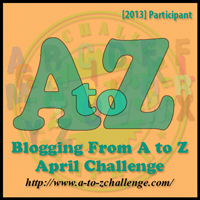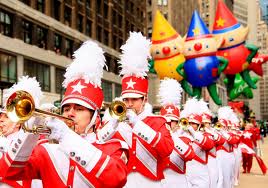K is for Kernel Sentences: Nouns and Verbs Control the World
 Today is K-Day in the A to Z Challenge. It is also Friday. Yippee! My kitty friends are happy about that.
Today is K-Day in the A to Z Challenge. It is also Friday. Yippee! My kitty friends are happy about that.
Today we will focus on some easy grammar:
kernel sentences.
A kernel sentence is one type of base sentence structure on which longer sentences can be built. It has a pattern that looks like this:
__________________ __________________
Subject Verb
For now, fill in the slots with one noun and one verb and you will have a kernel sentence. These two words can easily be expanded into longer sentences at another time.
One way to do have fun doing this is to write S-V list poems.
Begin with a title, then add specific, present-tense, active verbs to expand the topic. Repeat the title at the end, perhaps adding a twist.
Basketball
Mario dribbles.
Maria screams.
Manuel shoots
Jose dashes.
Jorge pants.
Cole sweats
Larry scores.
Sasha cheers.
Latitia swoons.
Basketball Romance!
 Parade
Parade
Hands clap.
Feet stomp.
Men march.
Sirens wail.
Balloons float.
Flags wave.
Drummers bang.
Buglers blow.
Ladies dance.
Children cheer.
Popsicles melt.
Lines overflow.
Bodies jive.
Parade
Be creative and have fun with this. Brainstorm topics with students, then let them have a go at it. You will be surprised at the results.
So what. Who cares?
When students get a very firm handle on nouns and verbs, grammatical problems eventually disappear.
Teachers can teach the following concepts in very simple form using kernel sentences. It is much easier to see the patterns in two-word sentences. When students master the concept in the simplest form, they can then move on to expanding sentences.
- subject-verb agreement
- verb tense consistency
- active verbs
- parallel structure
- vocabulary nuances
A firm handle on nouns and verbs will later help students reduce long sentences down to kernel sentences. If students can do this, they will be able to straighten out some of the most common errors.
- sentence fragments
- fused sentences (comma splice)
- run-on sentences
- lack of agreement between subject and verb
- verb tense shifts in sentences
- faulty parallel structure
- punctuation errors
Of course, any programs designed to improve students’ speaking and writing must have lots of opportunity for conversation and creative and academic writing. Writing subject/verb poems is only one aspect of a much larger focus on language, but it can help those students who are unsure of basic sentence structure concepts. Spend a few minutes each class on grammatical structures and your students will learn patterns that will help them improve in both speaking (ESOL) and writing.
The Last Meow
I have only one word for you all:


An interesting post, as is usual. I rad, but I don’t always comment.
Kernel sentences; an important item for writers. Yes, stay away from passives; they really slow a story down.
But as for sentence fragments, well, I’m not sure. They are a literary faux pas. But on the other hand, they can be a stylistic development. Really!
Blessings and Bear hugs!
Bears Noting
HI Rob-bear,
You are right about sentence fragments. I wrote about them in an earlier post. What we need to avoid are unintentional fragments; good writers use stylistic fragments in writing. Conversation often gets carried along by sentence fragments, so a novelist almost has to use fragments if he or she writes realistic conversation. Thanks for reading my posts.
Hi again, Rob-bear. Here’s link to the article I referred to on sentence fragments.https://janiceheck.wordpress.com/2012/10/
Pingback: L is for List of A to Z Challenge Posts, 2013, by Janice Heck | JaniceHeck
having nearly failed freshman year English tests (took 7 tries), and thus nearly missing going on to sophomore year
i appreciate your clear grammar lessons!!!
thank you for visiting my blog and thank you for your writing!
wishing you all good things
Thanks for visiting my blog. I am happy this post helped you. I always write the grammar post with developing writers in mind. I have worked with them for years and know they need very clear directions with lots of examples. I am happy to hear that you have a blog. I’ll stop by for a visit.
Pingback: Dear Readers: On Flying Deeper into the Blogosphere | JaniceHeck
Pingback: What? Another Blog on Writing? | Janice Heck Writes